iPhone 7 vs 6S: Should you upgrade or wait for the iPhone 8?
How does the Cupertino tech giant's latest smartphone stack up against its predecessor?
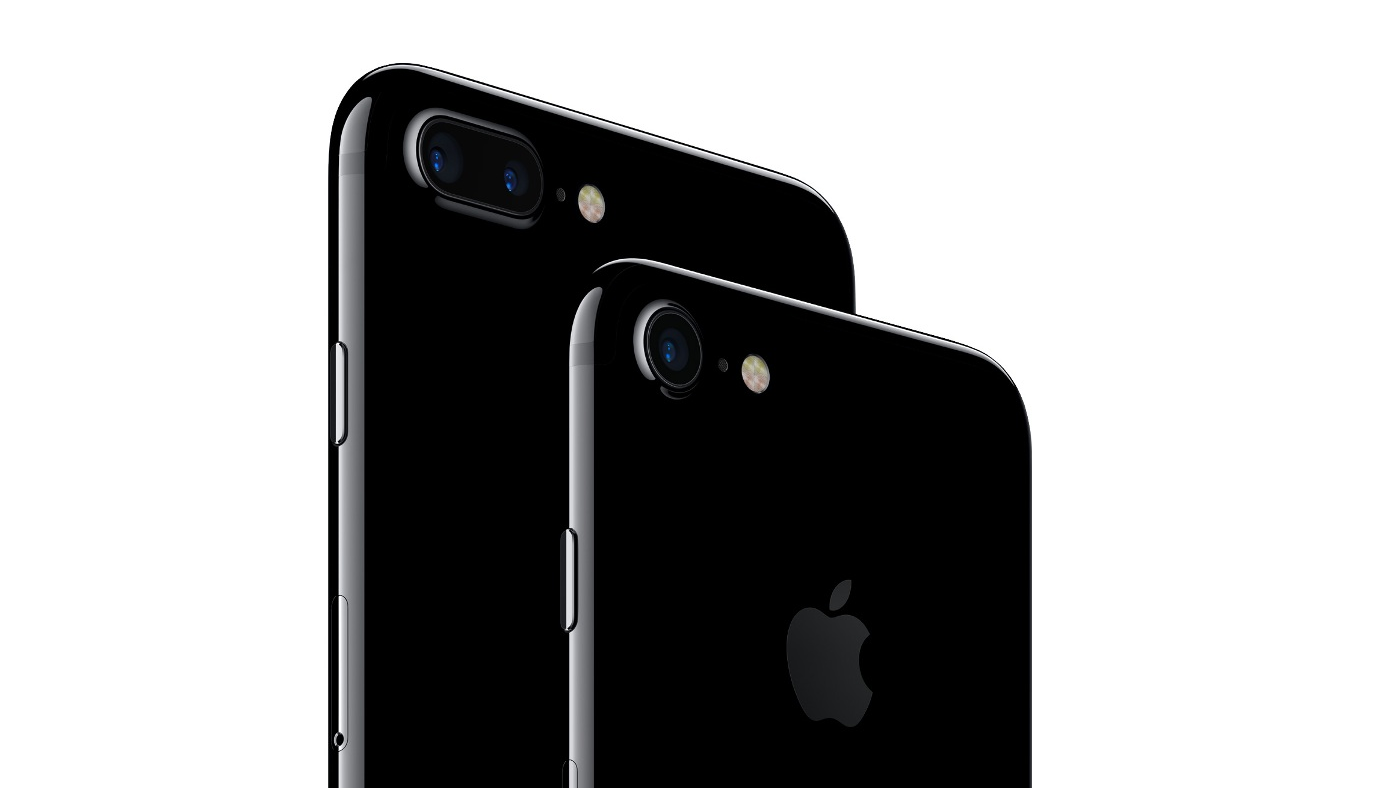
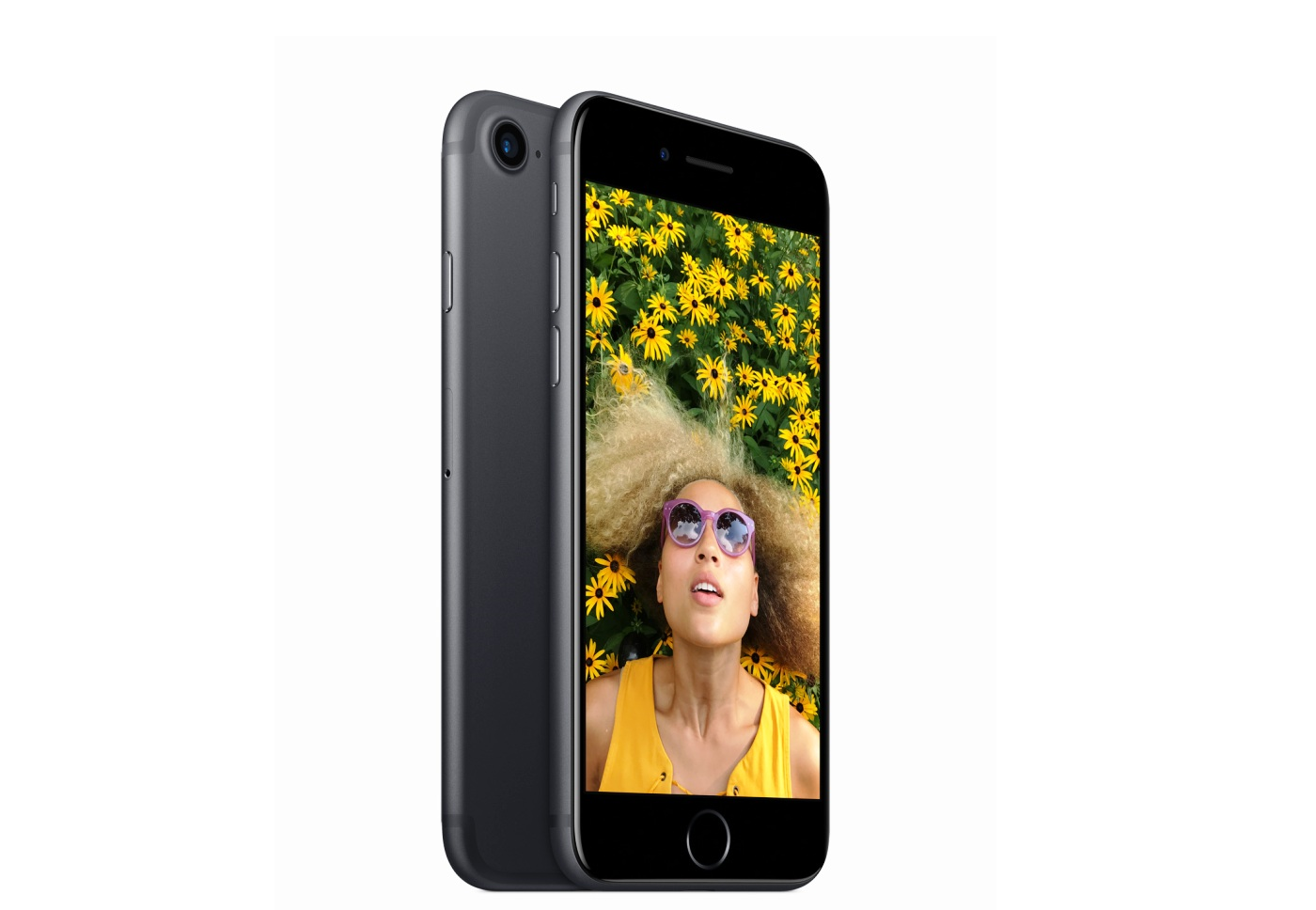
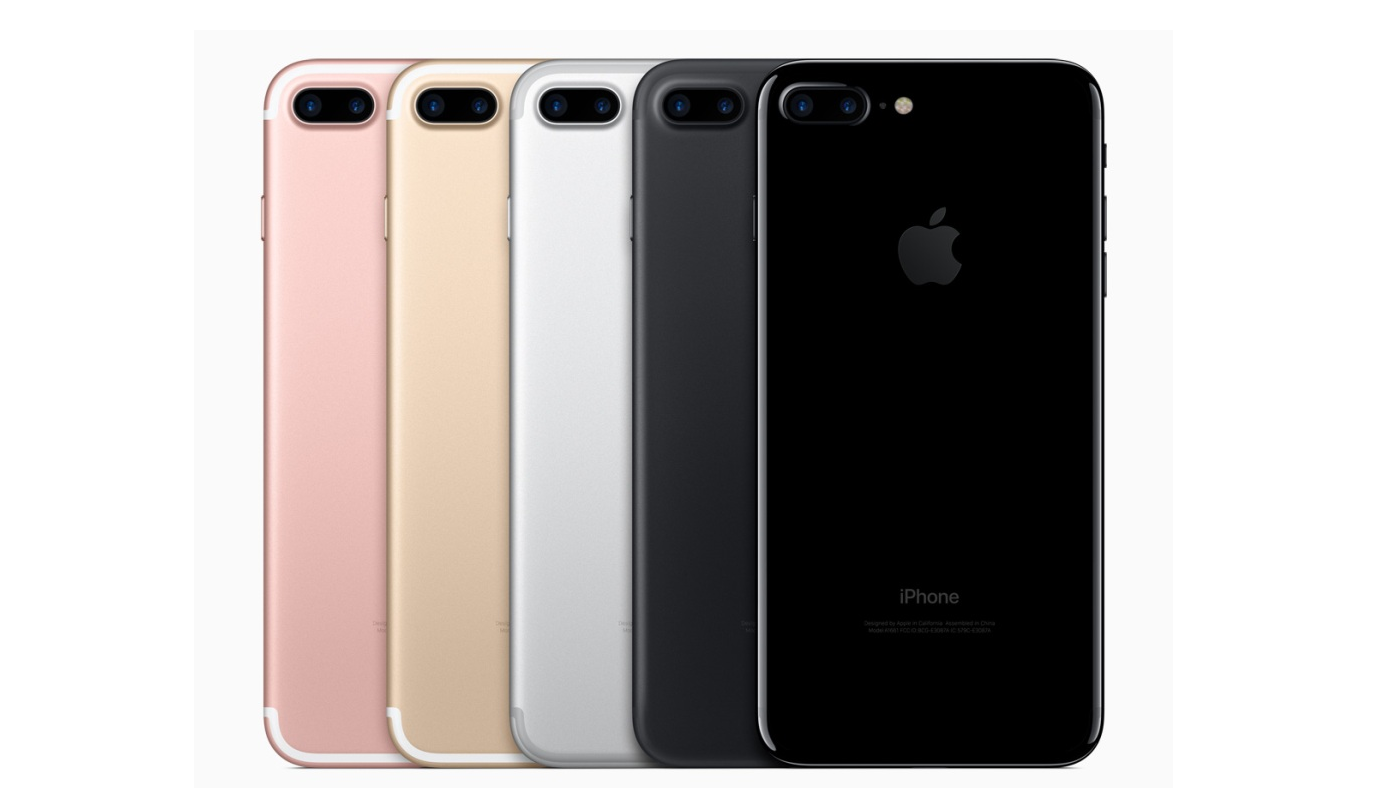
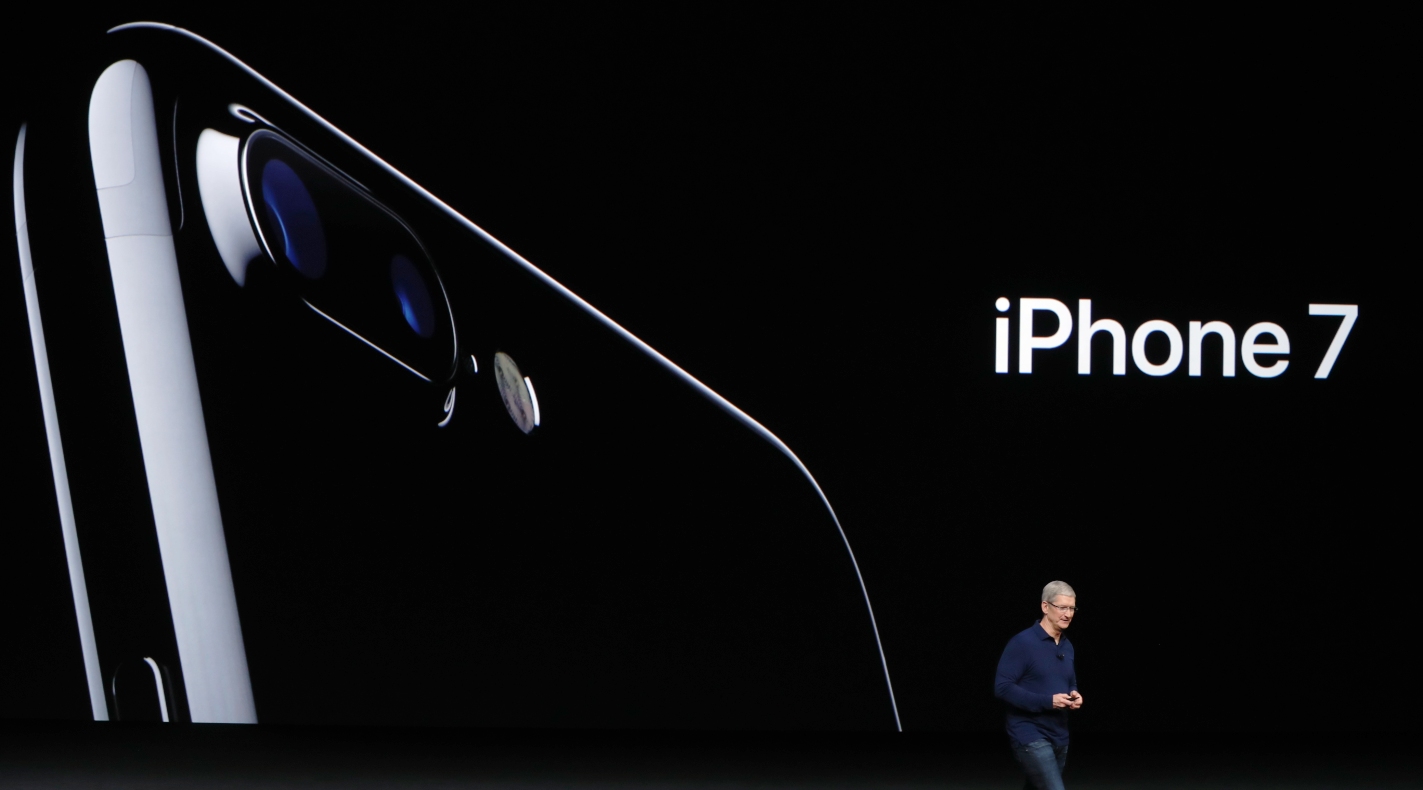
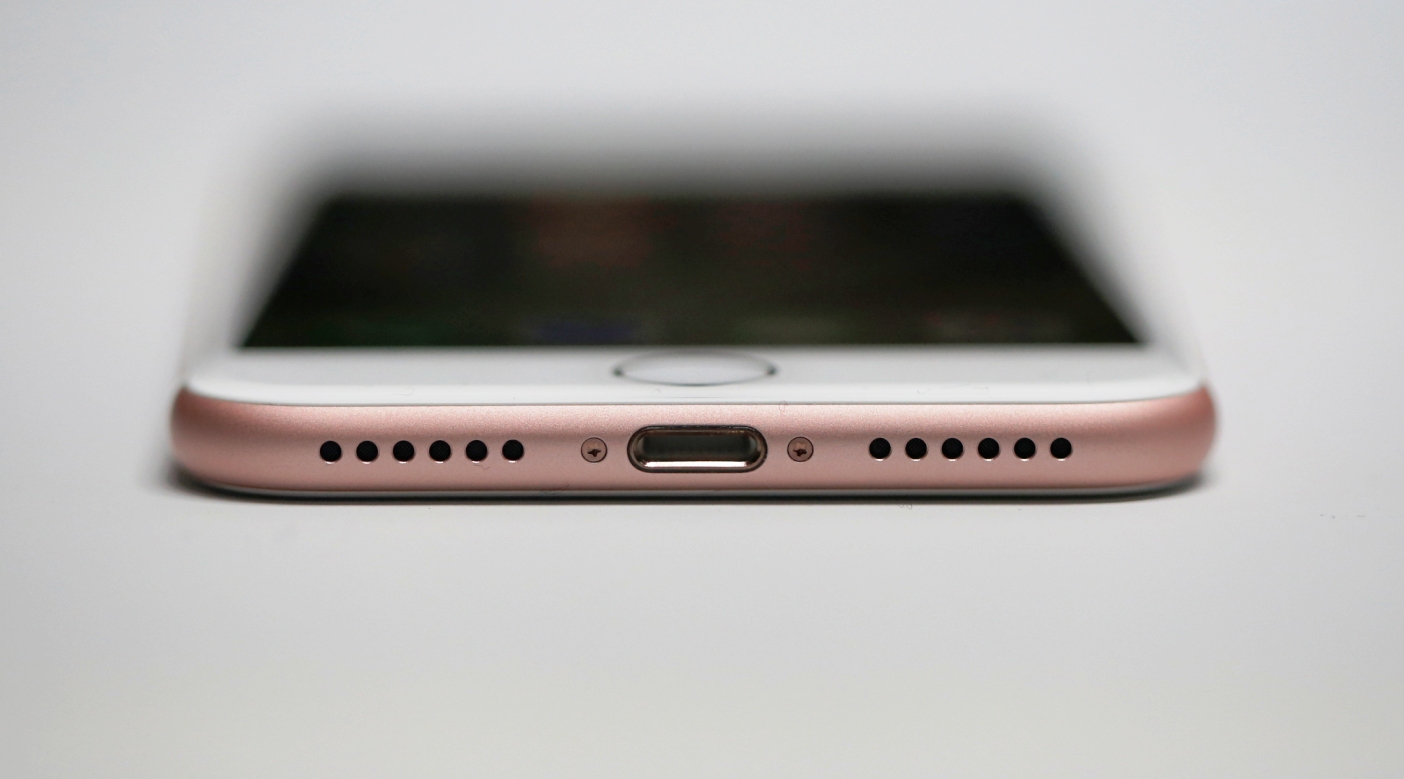
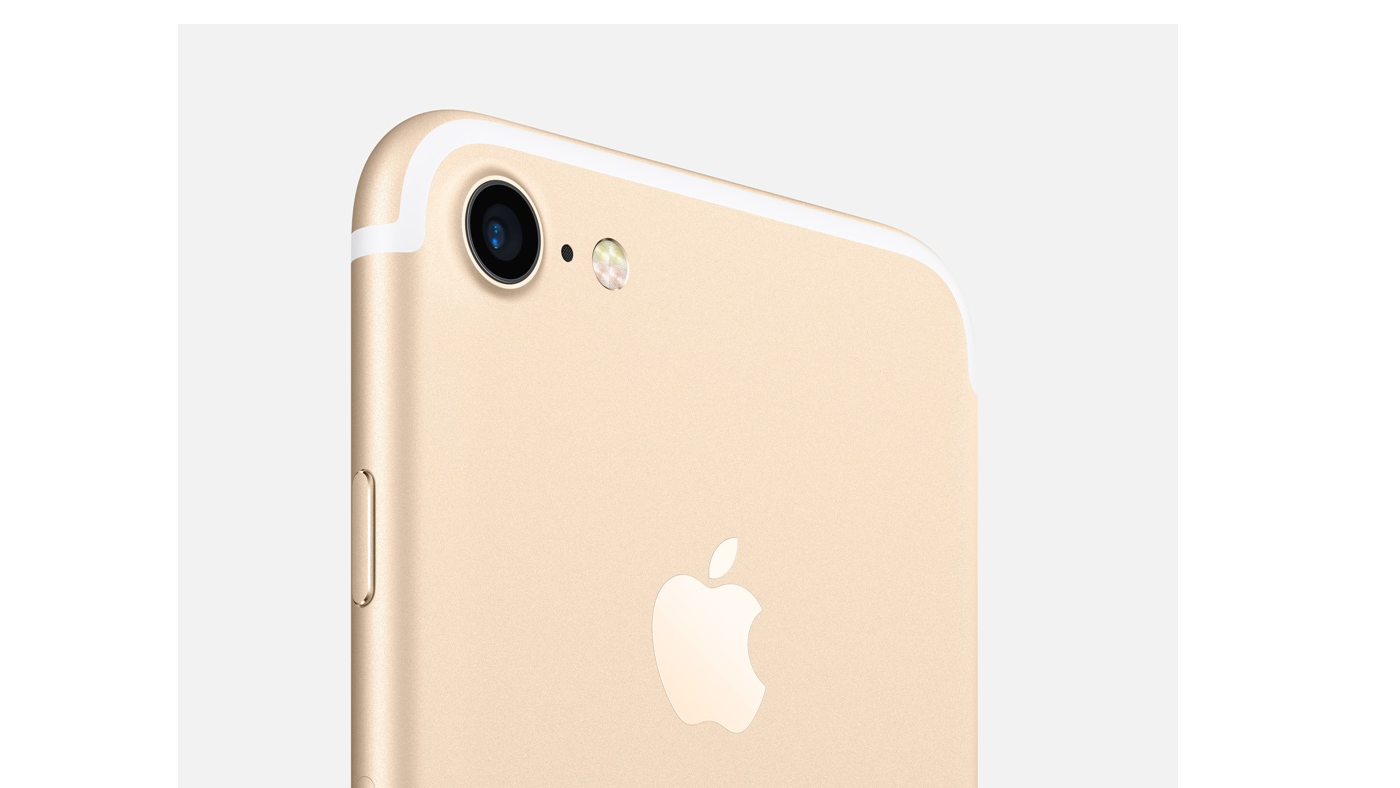
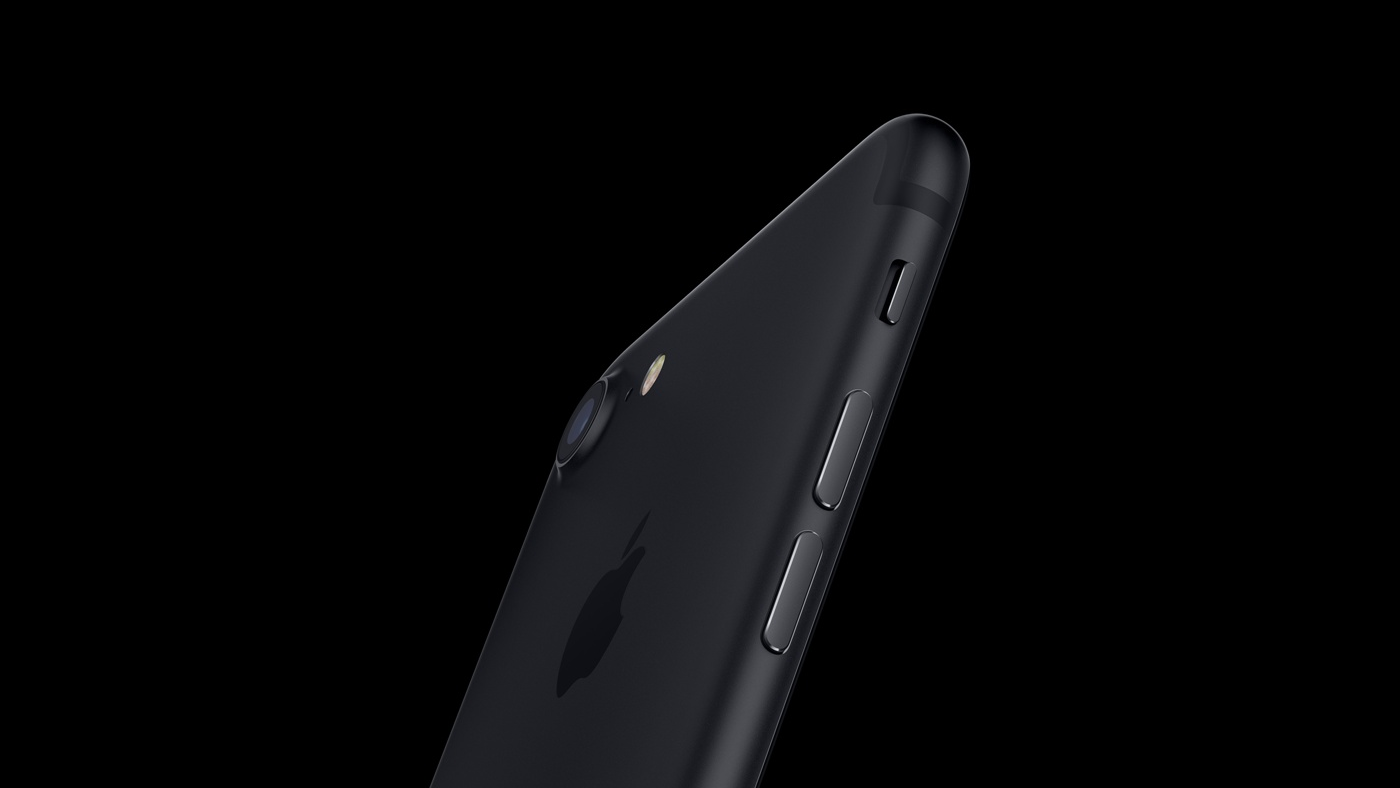
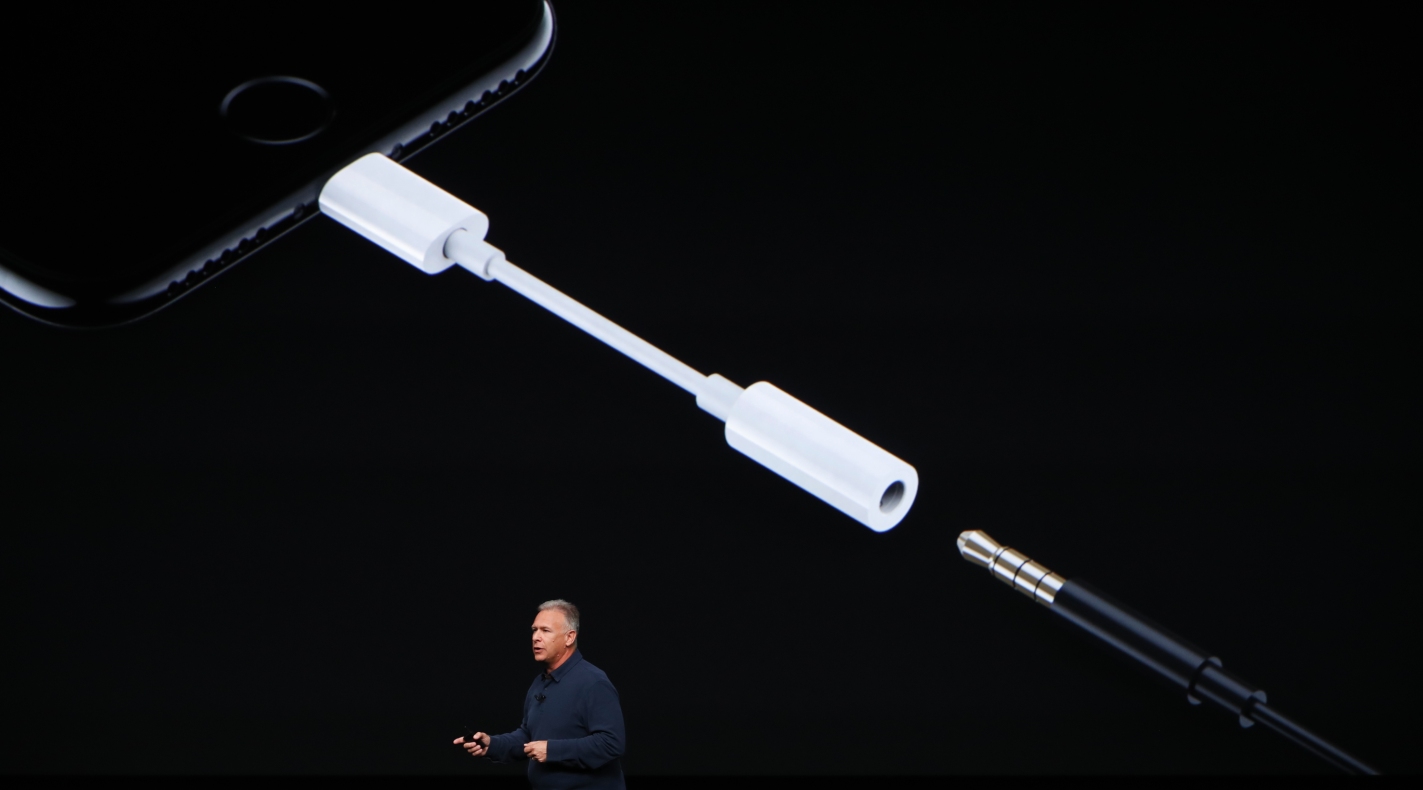
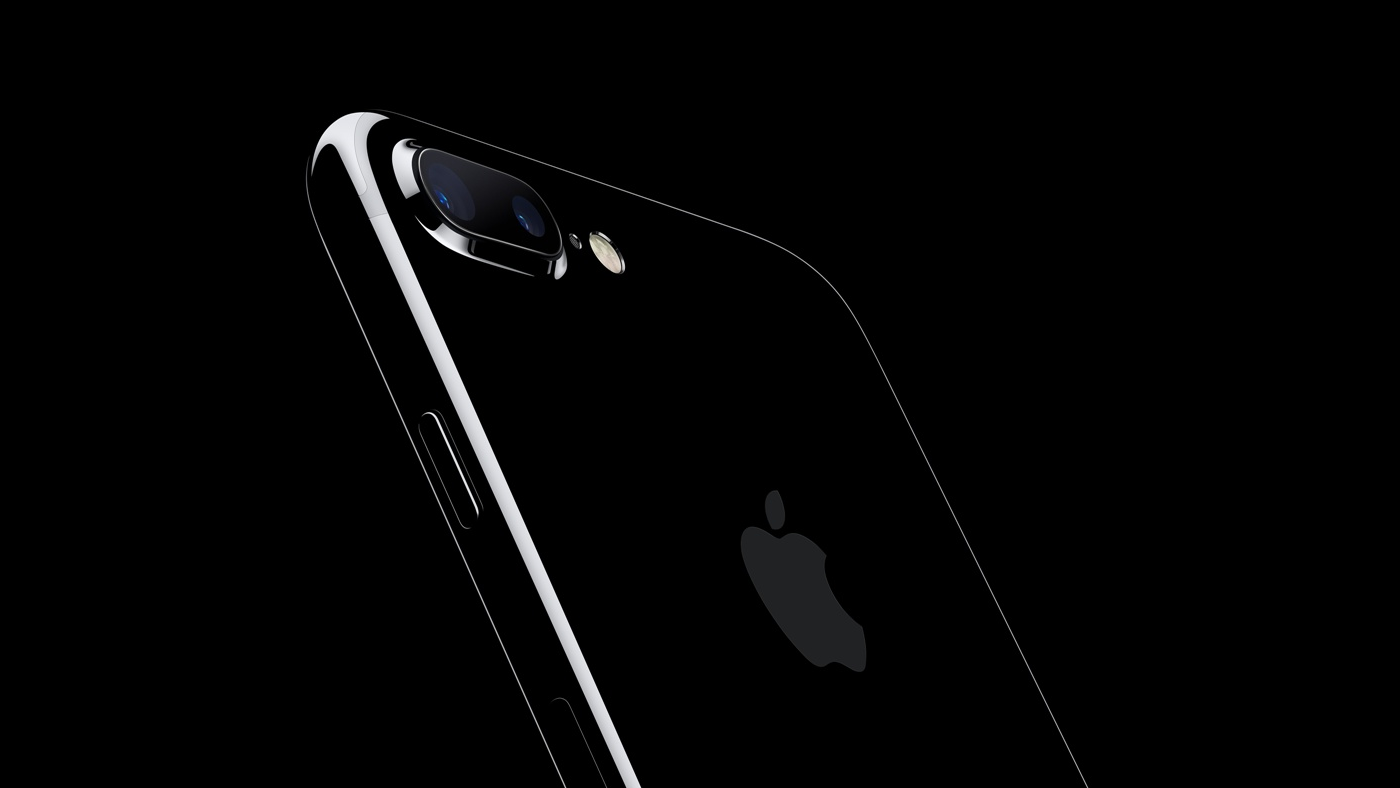
Apple's latest smartphone is the iPhone 7. Introduced last September, the iPhone 7 has the same 4.7ins and 5.5ins screen sizes as before, but with a number of key tweaks.
For starters, it's the first iPhone to be offered without a headphone jack. This means that if you're considering an upgrade you'll be reliant on adaptors or lightning port ready headphones in order to listen to music.
Alongside the controversial decision to ditch the headphone port are a number of upgrades. The new iPhone comes with larger standard storage capacities, new cameras, more power and new colour options.
The Week
Escape your echo chamber. Get the facts behind the news, plus analysis from multiple perspectives.

Sign up for The Week's Free Newsletters
From our morning news briefing to a weekly Good News Newsletter, get the best of The Week delivered directly to your inbox.
From our morning news briefing to a weekly Good News Newsletter, get the best of The Week delivered directly to your inbox.
Are these new features worth an upgrade if you've got a year old iPhone 6S? Does the iPhone 7 make more sense for iPhone 6 owners? Or should you wait for Apple's 2017 phone?
Here's how the iPhone 6S and 7 stack up against each other, and what reviewers think you should do if you're thinking of upgrading:
Design
If you're after an entirely new design, there's very little the iPhone 7 will do to tempt you to upgrade. Both the 7 and 7 Plus are exactly the same size as their 6S counterparts. They also use the same aluminium unibody casings and have the same curved sides and corners.
A free daily email with the biggest news stories of the day – and the best features from TheWeek.com
The only noticeable differences are the repositioned antenna bands and the altered camera layouts.
Apple probably knows the iPhone's transformation isn't sensational, so to increase its appeal it's brought out two new colours in addition to silver, rose gold and gold. There's matte black and a new special edition jet black that's only available on high-spec handsets.
The design may not look new but Apple's new iPhone is more durable than its predecessors. The phone has an IP67 water and dust resistance rating, and can be immersed in water up to a metre deep for up to 30 minutes without risk of damage. This means that in practical terms, dropping your new iPhone in the sink won't be the disaster it once was.
The home button has been changed too. It won't click in like it does on the iPhone 6S. Instead it's a non-moving part kitted out with haptic feedback to simulate the sensation of pressing the button. It may sound pointless, but the solid button is one of the reasons why this new iPhone has greater water resistance. Future apps will be integrated with the pressure-sensitive button.
Displays
Apple is still using LCD screens on its iPhones and the 4.7ins display on the iPhone 7, alongside the 5.5ins screen on the iPhone 7 Plus, hasn't changed since 2014.
The basic stats are also the same. On the iPhone 7, it's a 1334 x 750 pixel Retina HD display with a pixel density of 326ppi (1920 x 1080 with a 401ppi on the Plus) - again, nothing has changed here in two years.
Beyond basic numbers, the backlight on the iPhone 7 is more powerful and Apple claims it is a 25 per cent brighter screen. Importantly, it makes use of the new P3 wide colour gamut from the iPad Pro, so colours will be richer and more vibrant. These small updates do go a long way and Display Mate says it's the best LCD screen it's ever tested.
Like the 6S, the iPhone 7 has a 3D Touch-ready display, something the iPhone 6 lacks.
No headphone jack
One of the most controversial features of the new phone is the absence of a headphone jack.
The only connector present on the phone is the Lightning port used for charging the phone and connecting it to a computer. From now on, headphones will dock there as well.
To soften the blow, Apple has included a set of Lightning ready EarPods in the box. If you're not a fan of Apple's ubiquitous white EarPods and own a pair of more expensive headphones from another brand, there's a Lightning to 3.5mm headphone jack adaptor in the box too, so you can use the same pair you used on your iPhone 6S.

There have been lots of complaints about the loss of the headphone jack. Even though Apple provides you with a free adaptor it's certainly a big enough omission to put some people off buying the phone. But if you want to continue buying iPhones, it's something you'll eventually have to come to terms with.
Cameras
One of the most significant upgrades Apple introduced on the iPhone 7 was an improved camera.
While the handset retains the 12-megapixel sensor from the 6S, which is capable of shooting video at 4K, it now has optical image stabilisation to reduce the effect of shaky hands or jolts.
The lens is also wider and lets in up to 60 per cent more light, which should improve low-light shots "massively", TrustedReviews says.
Differences between the cameras on the 7 Plus and 6S Plus are more noticeable, as the former gets a dual camera system over the older model's single lens.
The dual camera includes two 12 megapixel sensors, one of which is a telephoto lens for optical zoom capabilities that should dramatically improve quality as the 6S Plus's digital zoom can lead to distorted photos.
Both the iPhone 7 and the iPhone 7 Plus get upgraded front-facing cameras, which jumps from five to seven megapixels.

Power and performance
Apple's A9 processor sits under the enclosure of the 6S, while the iPhone 7 gets the company's most powerful chip - the all-new A10 Fusion, paired with 2GB RAM in the base model and 3GB in the 5.5ins iPhone 7 Plus, making it Apple's fastest phone ever. It's so powerful the tech giant says it's twice as fast as the iPhone 6S.
The new hardware means the iPhone 7 "feels lightning fast", says The Verge, but it's difficult to see any performance jump, "so noticeable in previous iPhone updates".
The A10 Fusion is a quad-core chip, while its A9 predecessor is a dual-core chipset. The extra cores are designed to power small background tasks such as updating apps, resulting in significantly better battery life - Wired reports the iPhone 7 can hold its charge for around four hours more than its predecessor.
That comes as a surprise to the website, which says the device's extra power and screen brightness over the 6S should have an adverse effect on the battery.
Price
If you want to take the plunge, buying the new handset outright will cost at least £599 – that's for a standard iPhone 7 with 32GB storage. More expensive models with higher storage capacities – 128GB and 256GB – are available for more money.
If you want the iPhone 7 Plus, it'll cost at least £719, with the range-topping 256GB model a whopping £919.
Either way, it's not going to be a small outlay if you want the latest iPhone but trading your old phone in should go some way to bridging the gap. If you're on O2 and have a 16GB iPhone 6S in good condition, you can get up to £290 for the handset.
Alternatively, you could be upgrading from an older phone and caught between going for the 6S or the brand new 7. Writing for The Verge, Walt Mossberg says that the iPhone 7 is "a truly excellent smartphone made better", but it's still not as compelling an upgrade as all-new iPhones have had in the past.
If you decide not to go for the latest iPhone you won't be missing out on too many new features. You could save a decent amount of money too – the iPhone 6S is now priced from £499 for a 32GB model.
Know Your Mobile says it's "probably not" worth taking up the iPhone 7 if you have an iPhone 6S and it's only worthwhile exploring if your contract has expired. Instead, the site recommends waiting until 2017, when Apple is tipped to launch a radically overhauled iPhone to mark ten years in the smartphone industry.
Should I wait for the iPhone 8?
The iPhone 7 has only been on sale for a few weeks, but attention is already turning to Apple's 2017 smartphone.
Given that the iPhone 7 is an extensive update to the iPhone 6S, Apple is expected to skip releasing a 7S and instead introduce a completely new device with an overhauled design next year. The iPhone 8 is expected to be a radical departure from previous models and its release will mark ten years since the introduction of the original iPhone.
Apple is tipped to introduce a smartphone using a complete edge-to-edge OLED display which curves into each edge of the device. The home button, fingerprint scanner and FaceTime camera will all be hidden underneath the display, and the casing will be made of glass rather than aluminium.
Should you believe the hype? Given that pretty much every detail about the iPhone 7 made its way onto the web before Apple revealed it, it's easy to believe that these early rumours are at least pointing in the right direction. Know Your Mobile reckons that if you've got any doubts about upgrading now, waiting until next September may be the best thing to do.
What if I've got an iPhone 6?
With the introduction of the iPhone 7 and the iPhone 6S' demotion to mid-range smartphone, the iPhone 6 has been dropped from the line-up altogether.
However, if you've got 2014's iPhone 6 and held off from buying last year's 6S upgrade, getting the iPhone 7 might make a lot more sense but it's not quite a no-brainer.
Trusted Reviews says that iPhone 6 users who still find their handsets handy might not be all that tempted by the 7 – the iPhone 6 is still a very good smartphone after all.
Just like the 6S vs 7 design debate, you won't be getting a phone that looks or feels radically different, so if that's important to you, this could be a sticking point.
Relatively light iPhone users won't really benefit from the big leaps forward in power and speed either, though the improved battery life could come in handy.
Users who love taking photos "should definitely consider upgrading". The cameras on the iPhone 7 are a sizable step up in quality compared to those on the 6. If you've got a 6 Plus and would like another Apple phablet, the dual camera system on the iPhone 7 Plus pushes the camera upgrades even higher.
The new on-board memory sizes could be handy too. The iPhone 6's entry 16GB entry level storage is paltry compared to the 32GB standard of the 7.
Pocket-Lint says the iPhone 7's new features make upgrading more of a priority for iPhone 6 users than those with an iPhone 6S. "The change in the iPhone 7 isn't as dramatic as it was when the iPhone 6 launched a couple of years ago," says the site.
-
 The week’s best photos
The week’s best photosIn Pictures A new year dawns, a volcano yawns, and more
-
 Wave of cancellations prompt Kennedy Center turmoil
Wave of cancellations prompt Kennedy Center turmoilIN THE SPOTLIGHT Accusations and allegations fly as artists begin backing off their regularly scheduled appearances
-
 8 incredible destinations to visit in 2026
8 incredible destinations to visit in 2026The Week Recommends Now is the time to explore Botswana, Mongolia and Sardinia
-
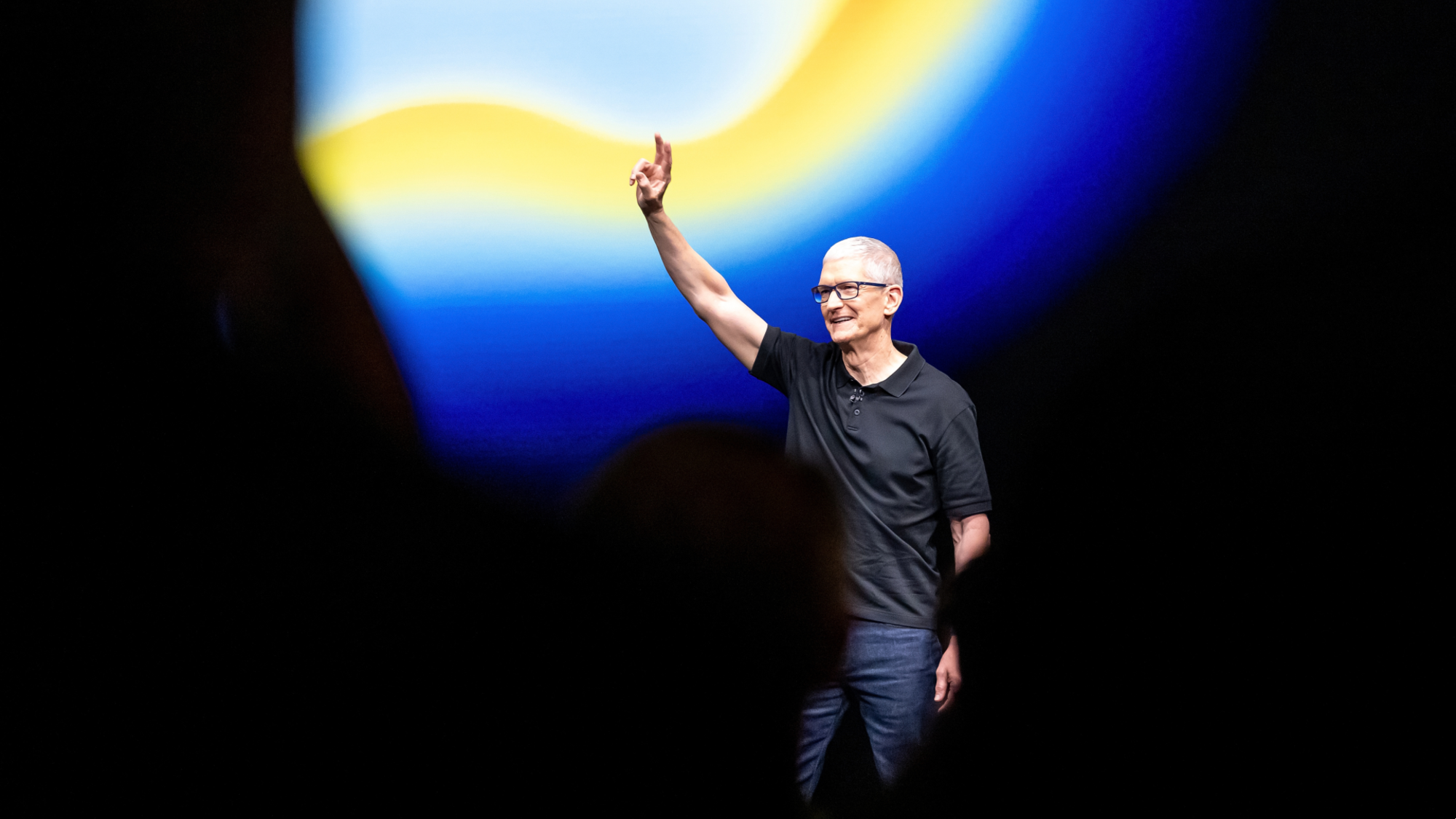 Is Apple’s Tim Cook about to retire?
Is Apple’s Tim Cook about to retire?Today's Big Question A departure could come early next year
-
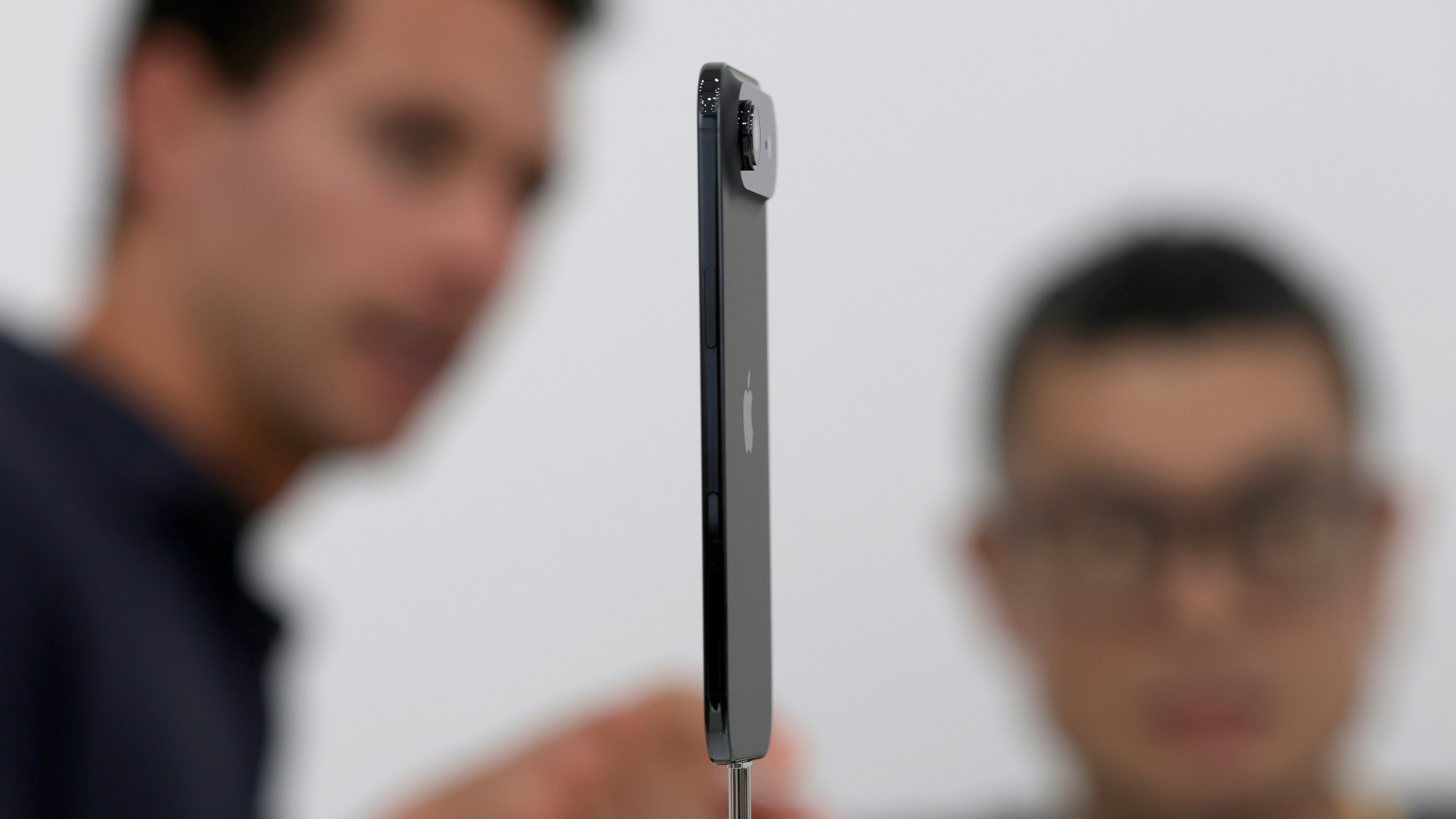 iPhone Air: Thinness comes at a high price
iPhone Air: Thinness comes at a high priceFeature Apple’s new iPhone is its thinnest yet but is it worth the higher price and weaker battery life?
-
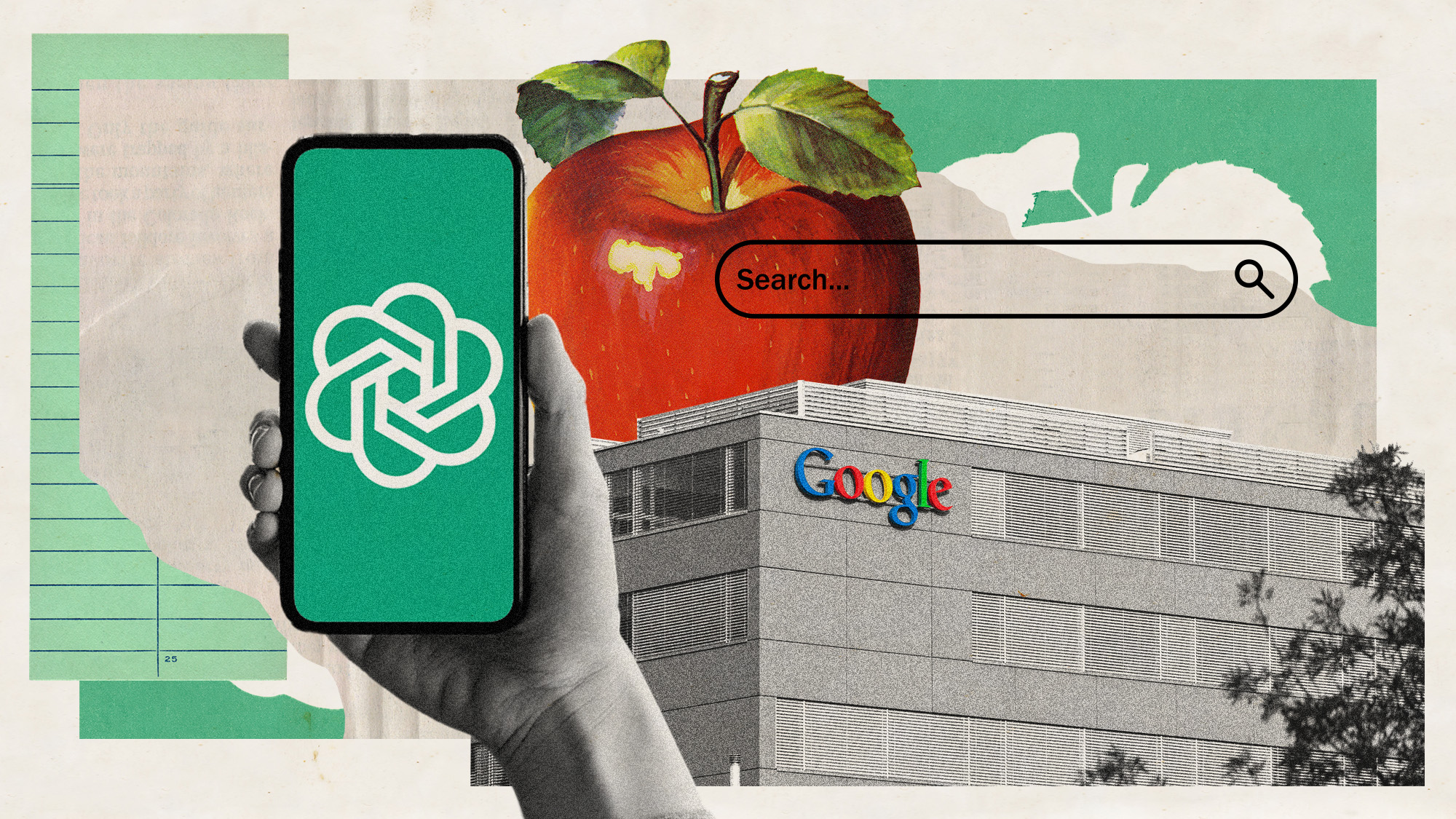 Is Apple breaking up with Google?
Is Apple breaking up with Google?Today's Big Question Google is the default search engine in the Safari browser. The emergence of artificial intelligence could change that.
-
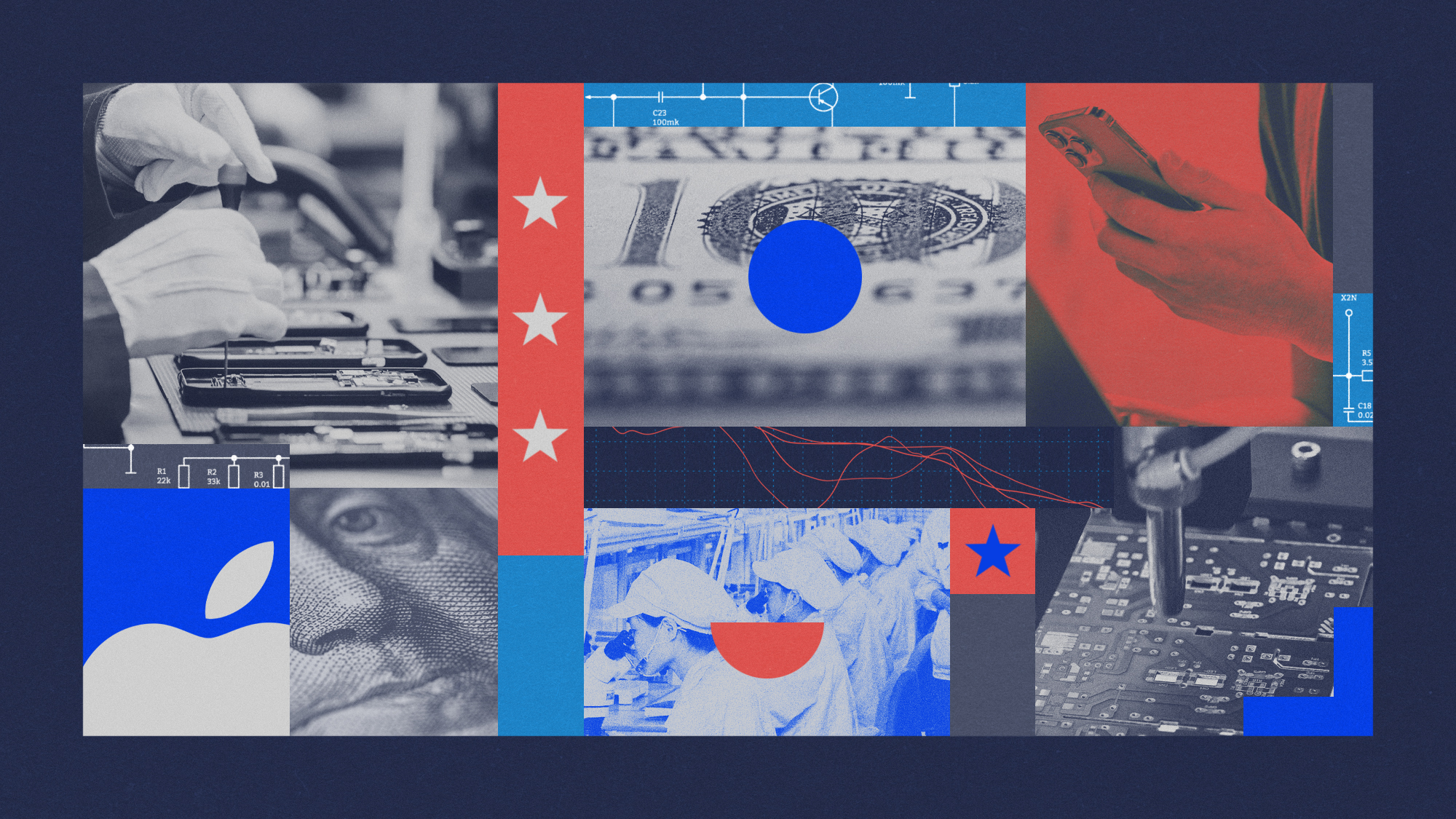 Why won't Apple make iPhones in America?
Why won't Apple make iPhones in America?Today's Big Question Trump offers a reprieve on tariffs, for now
-
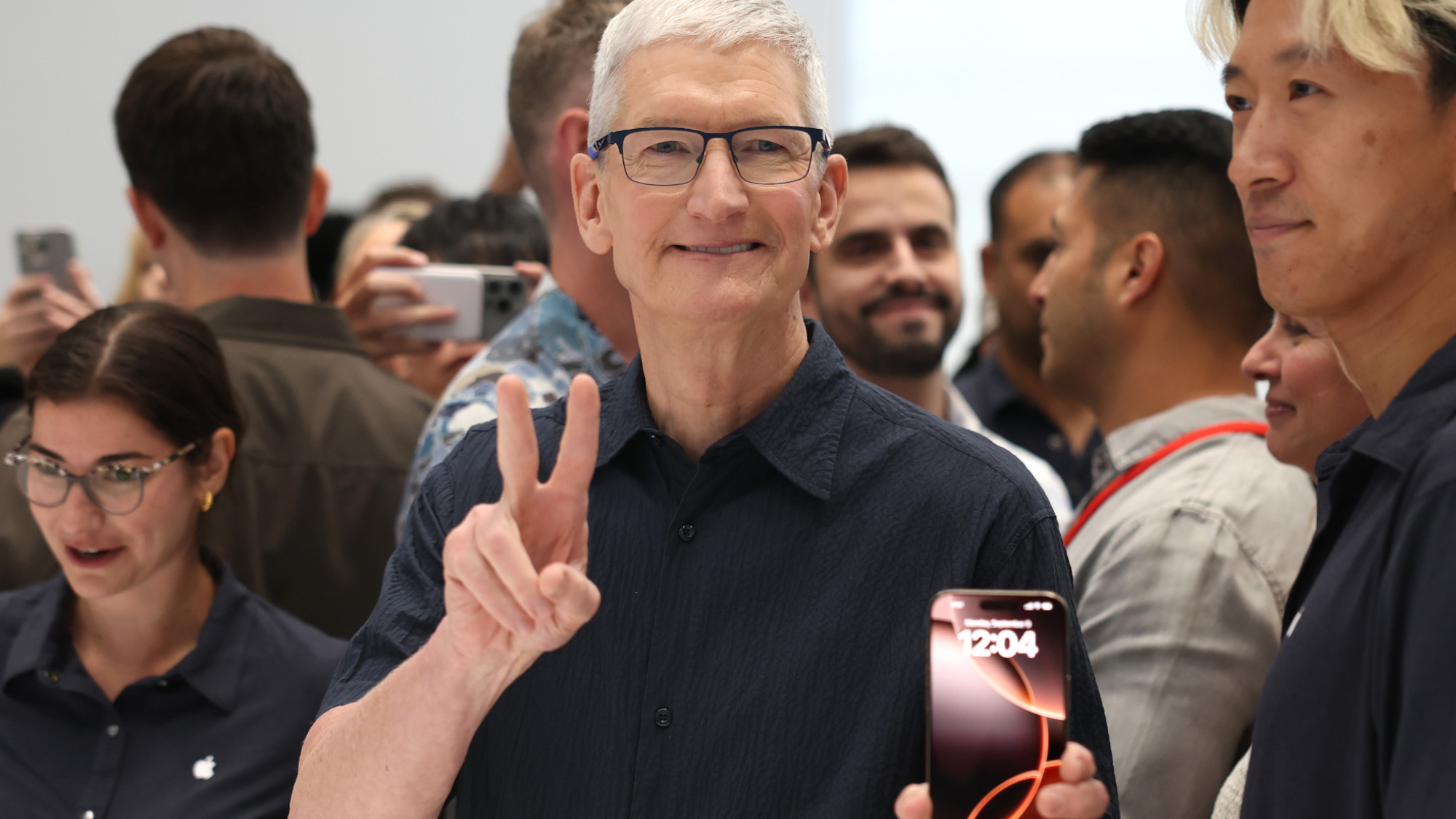 Not there yet: The frustrations of the pocket AI
Not there yet: The frustrations of the pocket AIFeature Apple rushes to roll out its ‘Apple Intelligence’ features but fails to deliver on promises
-
 Space-age living: The race for robot servants
Space-age living: The race for robot servantsFeature Meta and Apple compete to bring humanoid robots to market
-
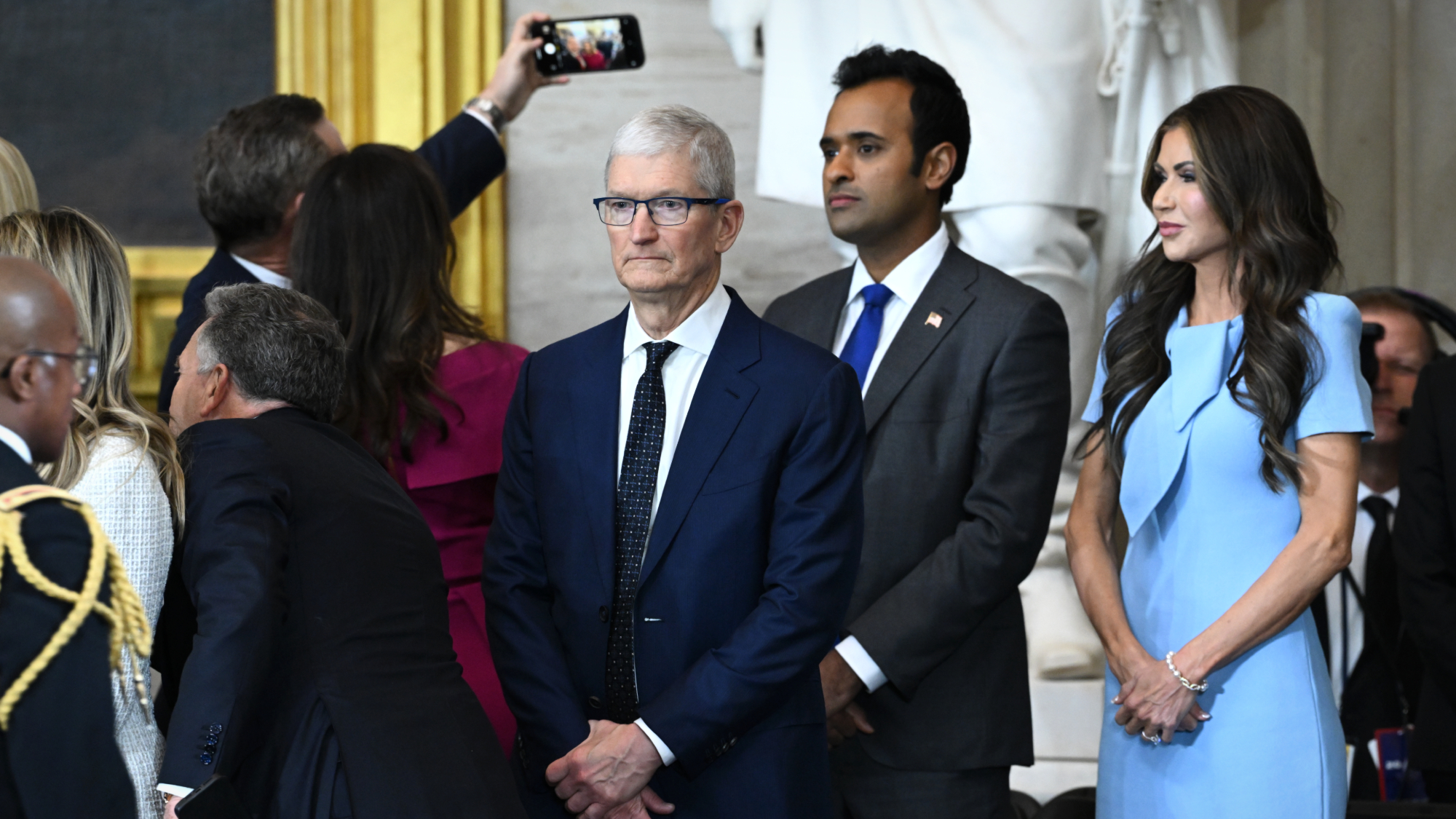 Apple pledges $500B in US spending over 4 years
Apple pledges $500B in US spending over 4 yearsSpeed Read This is a win for Trump, who has pushed to move manufacturing back to the US
-
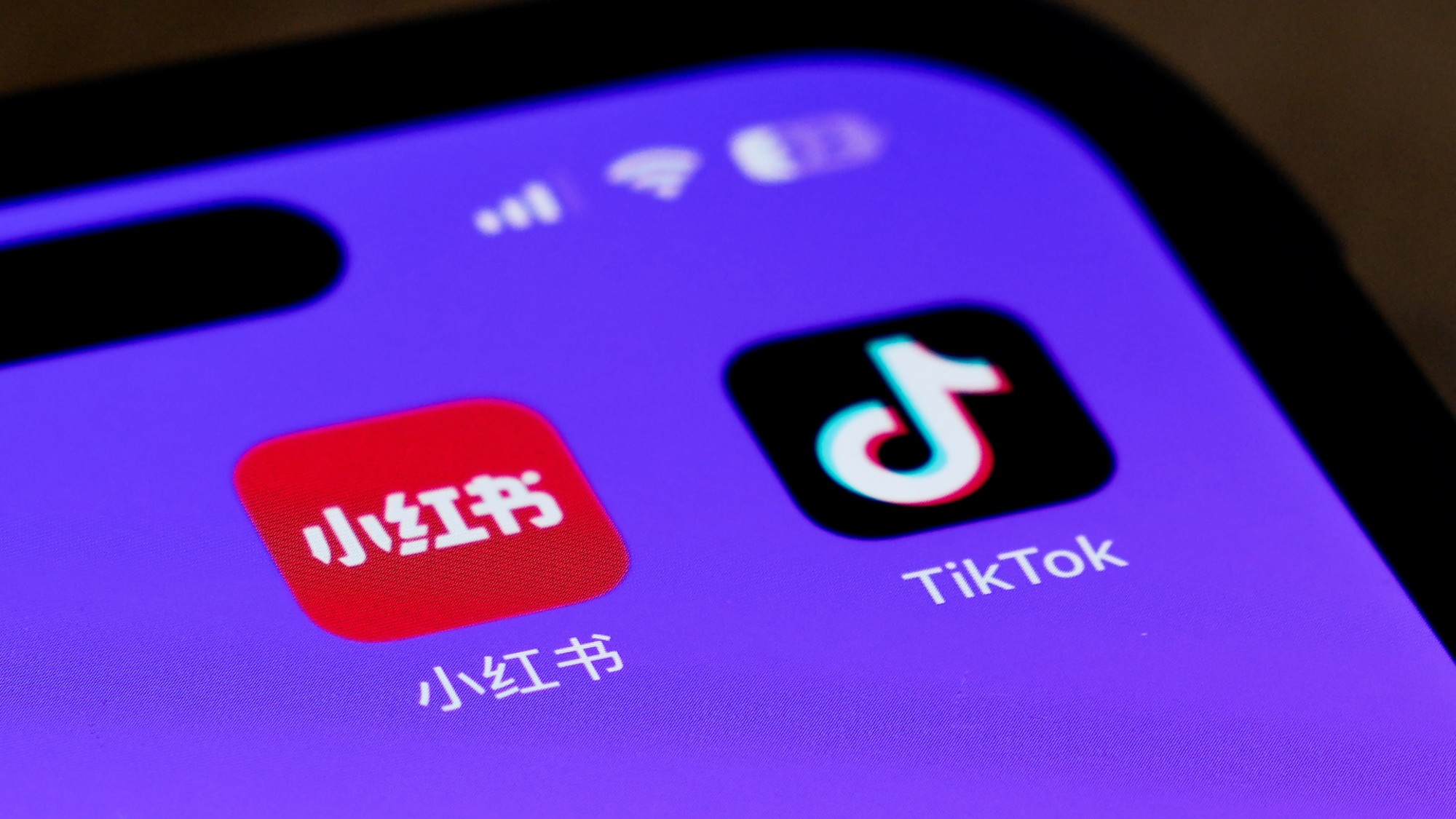 TikTok alternatives surge in popularity as app ban looms
TikTok alternatives surge in popularity as app ban loomsThe Explainer TikTok might be prohibited from app stores in the United States